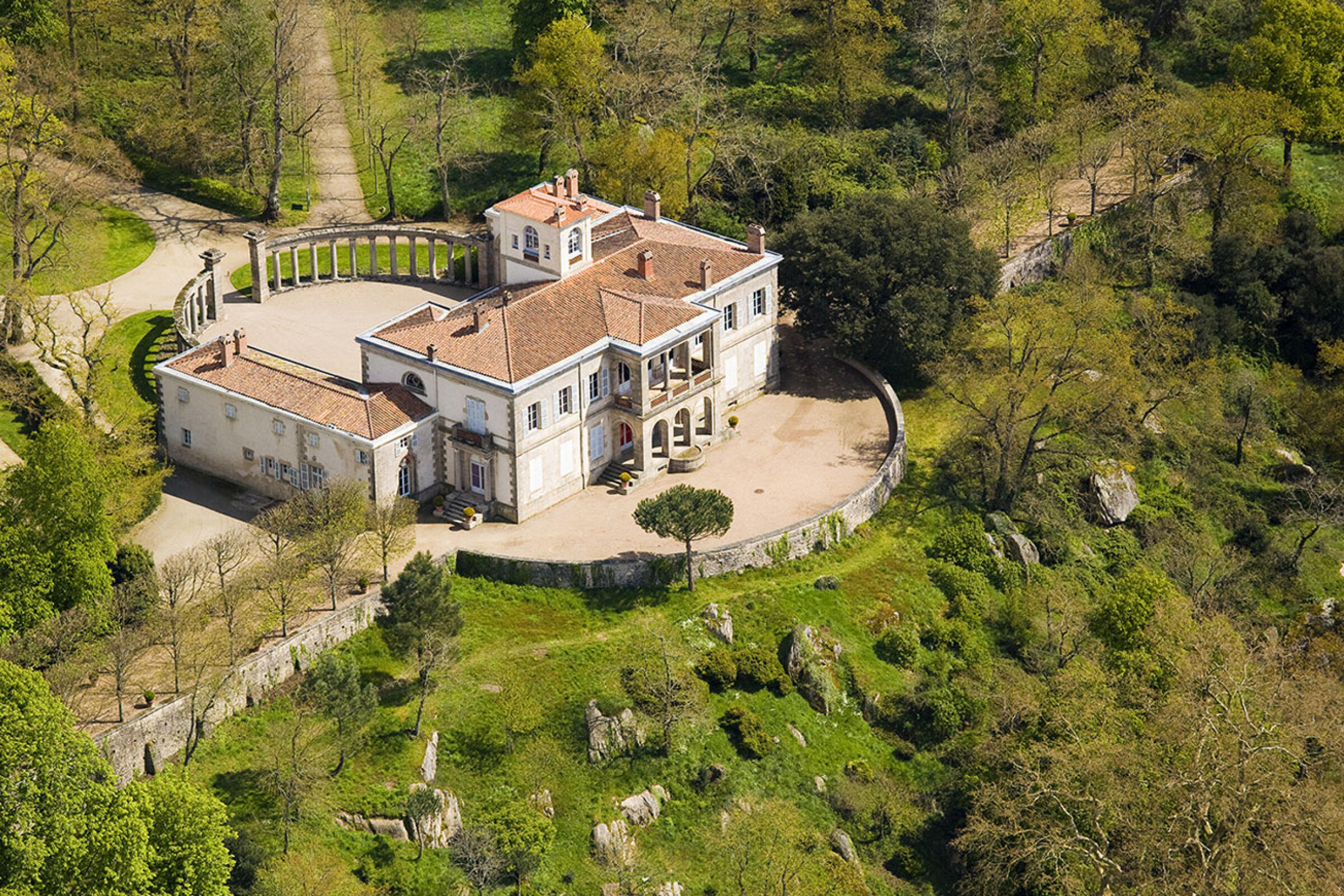
"The Herring", 2022-2023
Permanent installation in Koksijde
Beaufort24 - Triennial by the Sea


Triennial by the Sea
Belgium
The eighth edition of the Beaufort Triennial is, therefore, an invitation to explore various perspectives and familiar expressions, and to unravel the intricate web of relationships, threads, loops, braids, cables, swarms, and scales. Just as in a seashell, feather, or leaf, there are traces of lines and life to discover, much like a keepsake or a beautiful thought. Similar to a grand monument or an intimate artwork, you'll encounter more than one storyline, with versatile memories and undiscovered values rising to the surface. The new installations will consciously, meaningfully, and humbly influence existing points of view and thought processes, and in their imaginings, they will be accessible, tangible, or even obstinate. Whether at a crossroads, a rolling dune, a quiet area or a simple roundabout, by a lighthouse or the waterfront, or amidst the foamy tides and shallow puddles along the beach, within the furrows of the rich farmland, or near the joints of those distinctive dike tiles along the Belgian coast.
- Els Wuyts, curator of Beaufort24


With this work, Johan Creten returns to his roots in Flanders. He's in excellent artistic company in Koksijde. Paul Delvaux, who has his own dedicated museum in Sint-Idesbald, and Constant Permeke, are not far away. Sculptor George Grard also settled in Sint-Idesbald in the 1930s.
Just like artists connect with each other, there is also a bond between people and nature. The sculpture titled THE HERRING plays with the double entendre of “la mer”, the sea, and “la mère”, the mother. The sea and life are inextricably connected. During World War II, Belgium’s west coast was able to survive thanks to an unusually big herring catch. The best herring year ever was during the winter of 1942-1943. So much herring washed ashore people could scoop it up with their bare hands. Is the resource of the sea inexhaustible? The artwork confronts us with the contemporary issues of sustainability and ecology.


Fish has traditionally symbolised life and fertility in countless cultures. In Chinese culture, fish embody abundance, wealth, happiness, and hope. Even today, the spiritual aspect of rebirth cannot be separated from the sea: we often recharge our batteries at the coast. The meter-high statue reveals itself to us as the endpoint after a brisk walk in the dunes. The sea gives and takes, and that is also its tragedy. In stormy weather, the statue will end up with its feet in the water.




